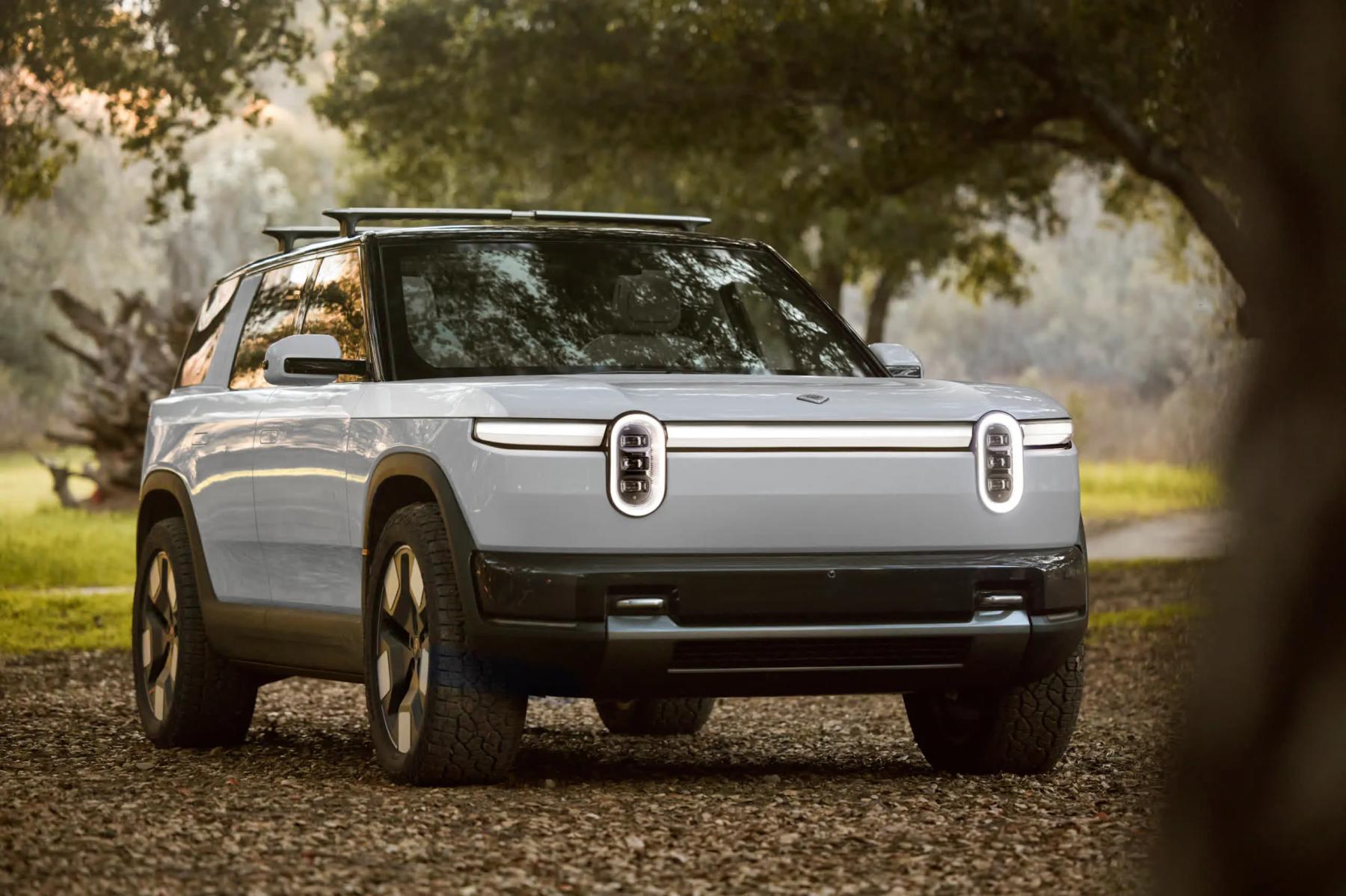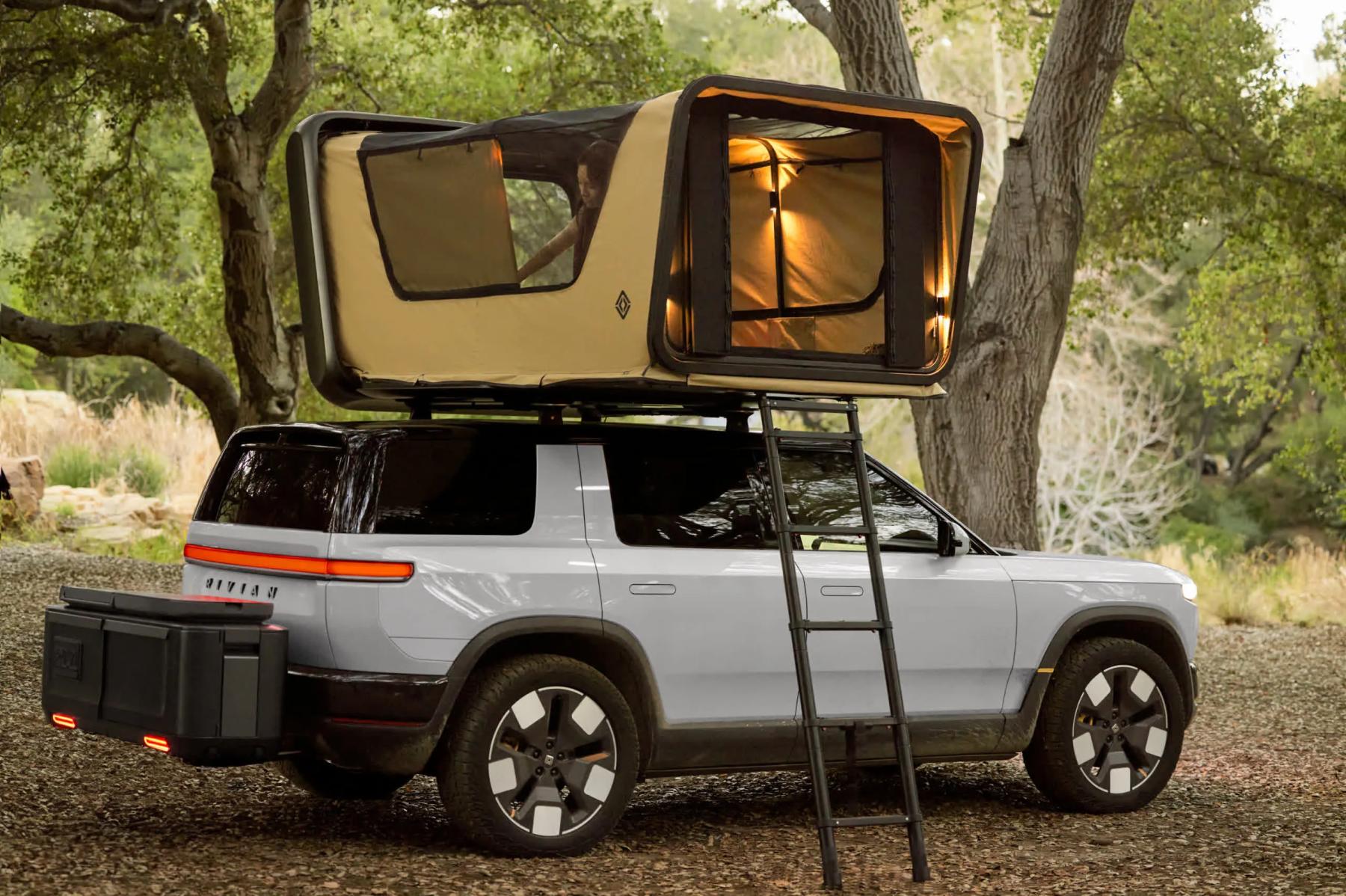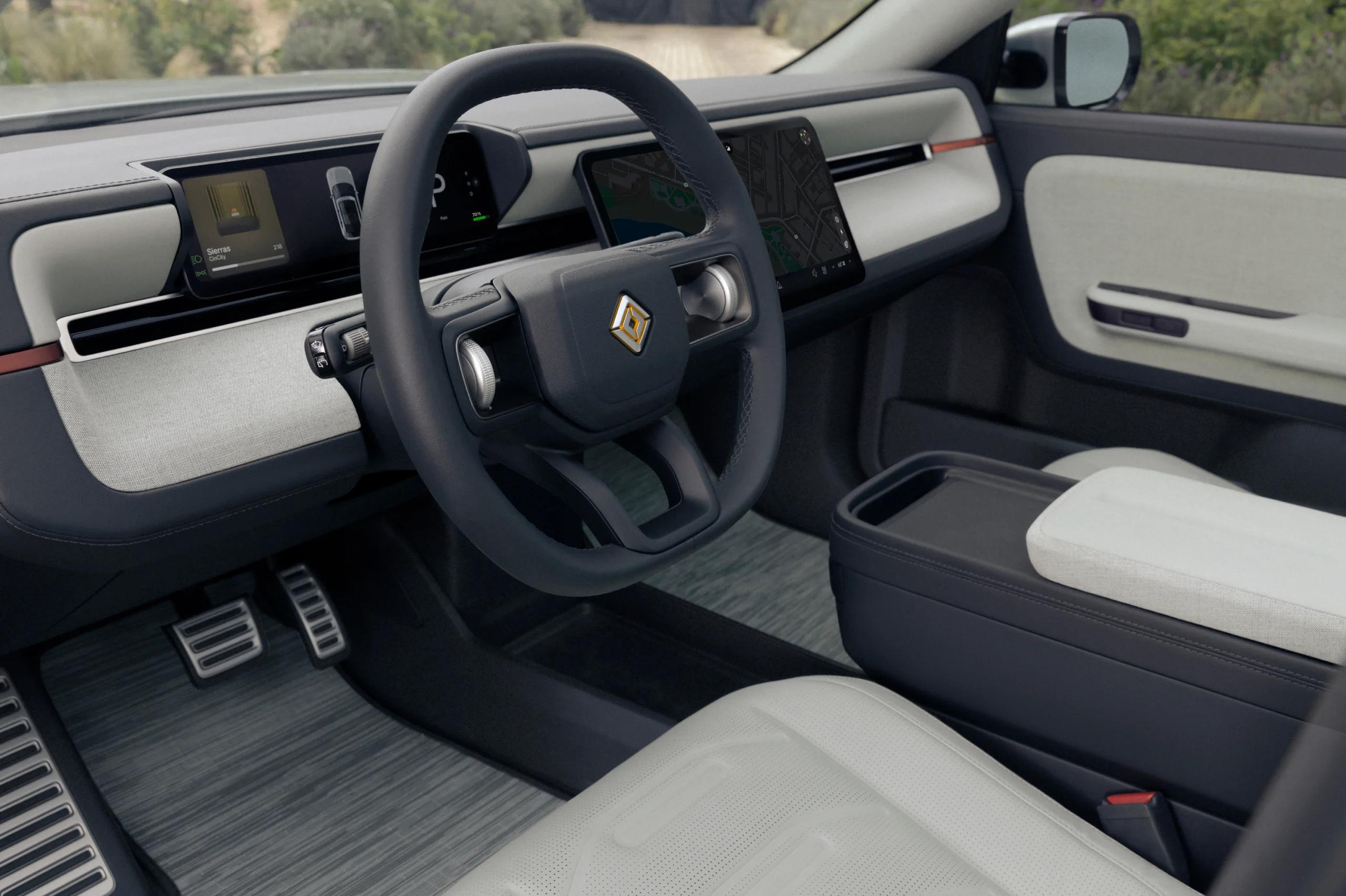Rivian’s R3 is the EV of the moment – here's why it might just be the EV of your future
A steep climb

“One more thing.” That’s what RJ Scaringe, Rivian’s CEO, said not once – but twice – at the R2 launch event in Laguna Beach last week. It was a fitting tribute to the late Steve Jobs, who famously introduced Apple’s most iconic products with these same three words. And Rivian delivered. While the R2 was pretty much what everyone expected, the R3 and R3X whipped the internet into a frenzy of surprise, delight, and excitement.
I’ll admit it – I’m very much on board Rivian’s EV train to Adventureland. But there’s a lot that could derail the company’s ambitious plans. The R2 isn’t expected to ship until 2026 at the earliest, and the R3 and R3X sometime after the R2. That’s a long time to wait, and the auto industry isn’t standing still. So, while the R3 (and the R3X, especially) is the EV of the moment, could it still be the EV of your future? I believe so, and here’s why.
Rivian R2: the volume seller

It’s impossible to discuss the R3 and R3X without first talking about the R2. Both EVs share the same platform, and the R3’s mass production depends on the success of the R2. With the R2, Rivian is offering a two-row mid-size electric SUV with similar range, performance, and pricing as Tesla’s ultra-successful electric crossover, the Model Y. And let’s not forget that the Model Y was the world’s best-selling vehicle in 2023.
The R3 (and R3X, in particular) might be the darling of online car and EV enthusiasts, but everybody knows that the R2 will be the volume seller, especially in North America. Here, Rivian is following Tesla’s playbook – scaling down a premium low-volume EV (Model X, Model S) into a mass-market high-volume product (Model Y, Model 3) – by shrinking its $78k R1S full-size electric SUV into the $45k R2 mid-size EV.
While the R2’s size, range (300 miles), top performance (0-60 mph in 3.0 seconds), and base price are similar to Tesla’s Model Y – and both EVs can charge at Tesla Superchargers – their design is radically different. The Model Y is a soft and rounded crossover (kind of generic and boring, honestly) while the R2 is edgy and angular, and more likely to resonate with North American consumers, who prefer SUVs and trucks.
Rivian R3 and R3X: the future of EVs

For people who want something smaller and more affordable from Rivian – something different that doesn’t compromise on performance or range – the R3 (and especially the R3X) is the new hotness. In essence, the R3 is a compact SUV that looks like a cross between a serious off-roader and a hot hatchback from the 80’s. Think Group B rally cars like the Lancia Delta Integrale or Audi Quattro and you have the right idea.
Consider this: the R3’s wheelbase is 5 inches shorter than the R2’s. It’s basically the size of a Volkswagen Golf, but with more storage and interior space since it’s an EV with a frunk (front trunk) and flat floor. And, because it’s built on the same platform as the R2, the R3 delivers similar range (300 miles) and top performance (0-60 mph in 3.0 seconds). It’s expected to cost less, however, with an estimated base price of about $35k.
Sign up for breaking news, reviews, opinion, top tech deals, and more.
Like the R2, the R3 will be available in single-motor (RWD), dual-motor (AWD), and tri-motor (AWD) configurations. This brings us to the R3X, a sportier, meaner, jacked-up version of the R3 with more ground clearance, bigger wheels, and higher performance. It pulls on the heartstrings of car and EV enthusiasts because it's small, fast, affordable, capable both on- and off-road, and – most importantly – full of character.
From a tech perspective, the R2 and R3 are both software-defined vehicles that support full OTA (over-the-air) updates, include Level 2+ ADAS (advanced driver assistance systems), and feature NACS (North American Charging Standard) charging ports compatible with Tesla Superchargers. In other words, Rivian’s new EVs offer the same benefits as Tesla’s vehicles, but in a significantly more interesting package.
A rocky road ahead

So, with the R2 and R3, Rivian appears to be stealing mindshare from Tesla as the EV startup to look up to thanks to more exciting products and (it goes without saying) a more likable leader. In other words, the Tesla / Elon fatigue is real. Not to mention, Rivian beat Tesla at revealing a more affordable EV. And – full disclosure – I’m saying this as the very satisfied owner of two Tesla Model 3 cars in a six-year period.
Regardless, it’s a rocky road ahead for Rivian. The R2 won’t be getting into customer driveways until at least 2026, and it’s unclear how soon thereafter the R3 and R3X will ship. Two years is a long time in EV land. While Rivian’s current R1T electric pickup (which will be five years old by then) and R1S electric SUVs are fantastic vehicles – driving the R1T blew my mind; it’s the swiss-army knife of EVs – these are low-volume products.
Then there’s the competition. Volvo’s EX30 small crossover might not be nearly as cool as the R3, but it competes head-on with Rivian’s more affordable EV – on size, features, and price – and will be available this summer. Kia’s EV3 compact SUV is expected to arrive at dealers in 2025, and judging by how Kia’s EV9 full-size SUV compares to Rivian’s R1S, the EV3 is poised to be a mighty competitor for the R3.
Simultaneously, Tesla is working on both a refreshed – and possibly slightly more affordable – Model Y (Project Juniper), and a $25k entry-level EV. Plus, by announcing the R3, a captivating new EV, alongside the R2, a more predictable electric SUV, Rivian runs the risk of "osborning" itself and diluting the R2’s pre-orders. Also, can Rivian maintain a high level of interest in the R2 and R3 over the next two or three years?
History will repeat itself

Finally, will consumers invest in Rivian when the company is still struggling? Will Rivian be around to support these EVs in the future? Those are all valid questions, but I believe that history will repeat itself. Back in 2016, around the time it unveiled the Model 3, Tesla was very much in the same boat as Rivian is today. After a couple of difficult years and what Elon called “production hell,” the company thrived.
Keep in mind that Rivian has a decent commercial EV business, which will likely help keep the company afloat. The ECV (Electric Commercial Van) is no longer exclusive to Amazon, and it’s being adopted by major fleet operators like AT&T and DHL. Rivian’s technology is also being integrated into custom vehicles. For example, Morgan Olson is using Rivian’s EV platform for Canada Post’s new electric mail delivery van.
Finally, Rivian recently made the smart decision to put its planned Georgia factory on hold and use available production capacity at its existing Normal, Illinois plant to bring the R2 and R3 to market as soon as possible. So, while there’s no doubt that Rivian’s got its work cut out over the next couple of years to put consumers in R2 and R3 EVs, I’m confident the company will deliver on its promise. That awesome R3X depends on it.

Myriam Joire (tnkgrl) was born wearing combat boots and holding a keyboard. Moments later she picked up a soldering iron. On weekends, she rally-raced with her father. She's been stomping, typing, hacking, and driving ever since. After spending years being a code-monkey in the video game industry, she joined Engadget as Senior Mobile Editor and later Pebble as Chief Evangelist. Today she hosts the weekly Mobile Tech Podcast, makes videos on YouTube, writes about tech and cars for TechRadar and other major publications, and advises startups on product/media strategy. She's based in San Francisco.